Idea by
Malgorzata Kuciewicz, Simone De Iacobis
CENTRALA
Call for ideas 2016
The Cabrio House
The Cabrio House
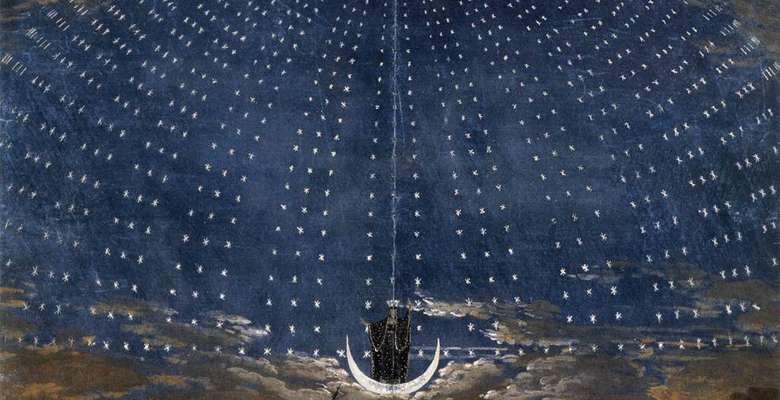
We would like to challenge a very powerful idiosyncrasy in Architecture which lays between its most archetypical element: “the roof”, the protection in form of a building envelope and the ever ending human desire of contemplating the sky. In contemporary architecture the vertical boundary between inside and outside is blurred thanks to the number of spatial solutions. Facades nowadays can open, slide, fold, bend and deflect. We posses the technology to translate all of this into roofs and in doing so creating endless levels of complexity. New repository of forms could be collected about horizontal barriers if these barriers were not this strong in the imagination of architects.
picture: Karl F. Schinkel stage set design for Mozart’s Magic Flute, 1816
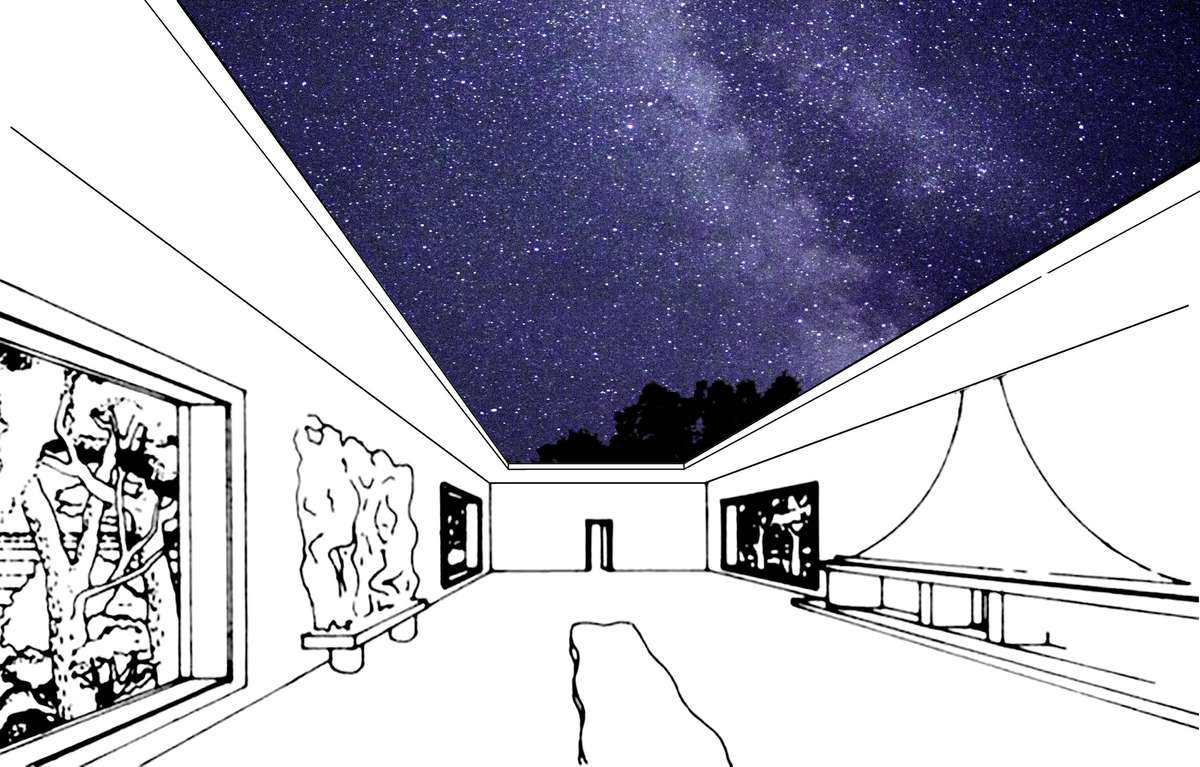
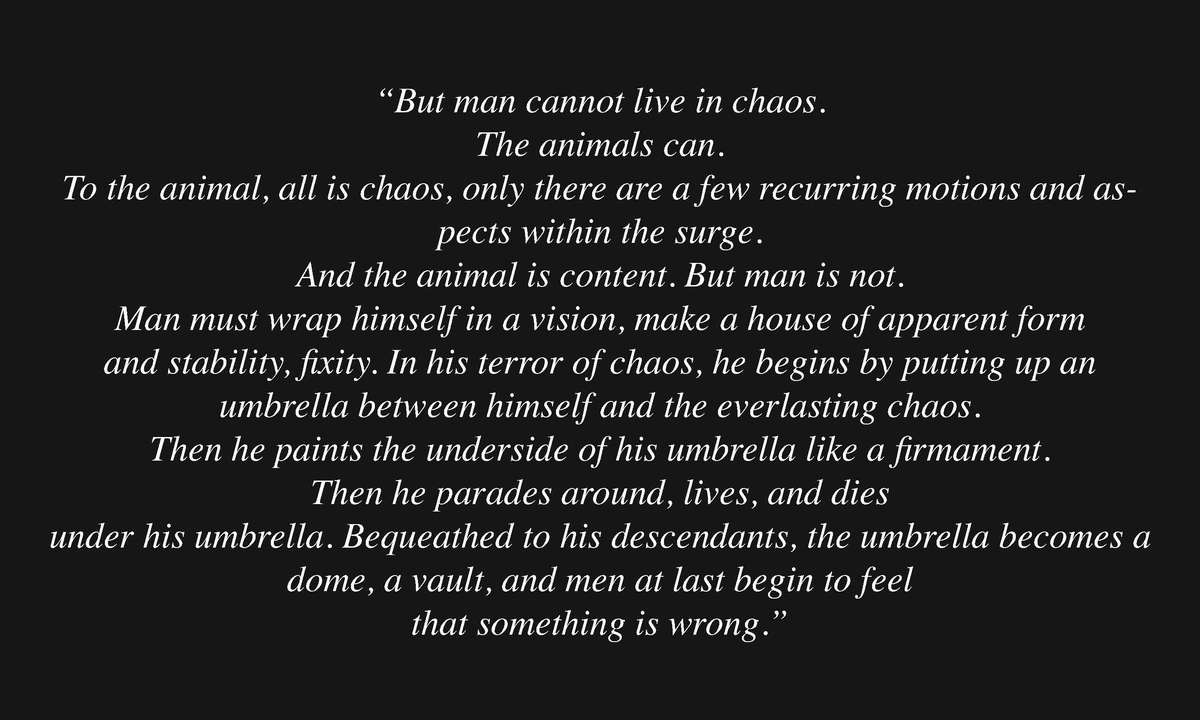
D.H. Lawrence on poetry and chaos
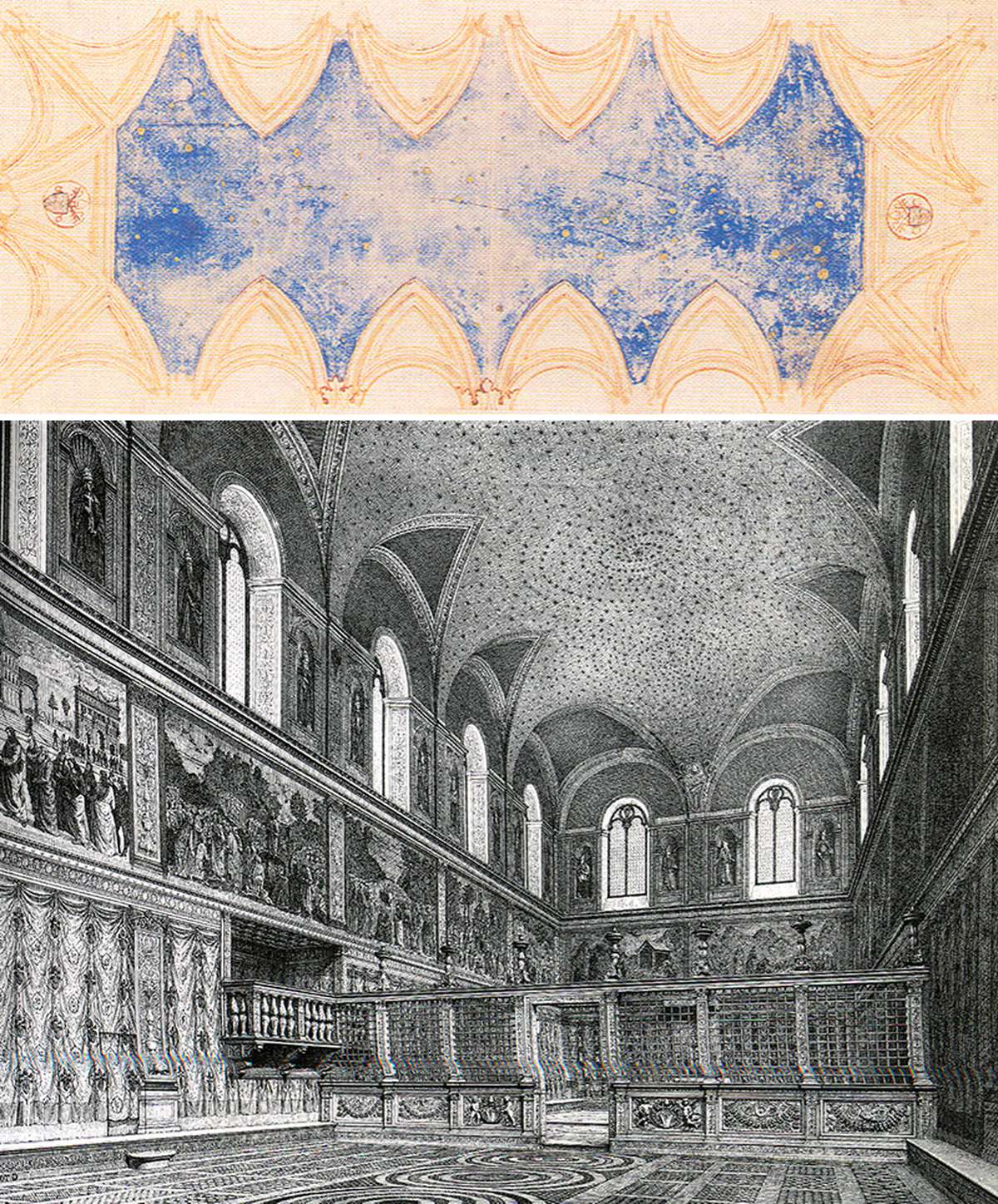
The night sky full of stars is one of the most ancient pictorial treatment of all sorts of ceilings. It dates far back to the 1295 b.c. in the tomb of Nefertari where frescoes depict the Queen’s travel towards the afterlife. This very same treatment survives over centuries and styles and can be found in Giotto’s Scrovegni chapel in Padova, in the Church of St Mary in Krakow or in The Sistine Chapel vault before Michelangelo’s work. What if we can turn an illusion into a real possibility?

Le Corbusier presents sketches of roof terraces which frame the perception of reality around allowing a different relationship with nature, indirectly opening the architecture to the sky. When it comes to typological references the spectrum broadens in time and space from the roman Domus, Marrakesh patio houses to the Chinese Hutong where indoor and outdoor alternates in sequences of spaces often rotating around daily need of water.
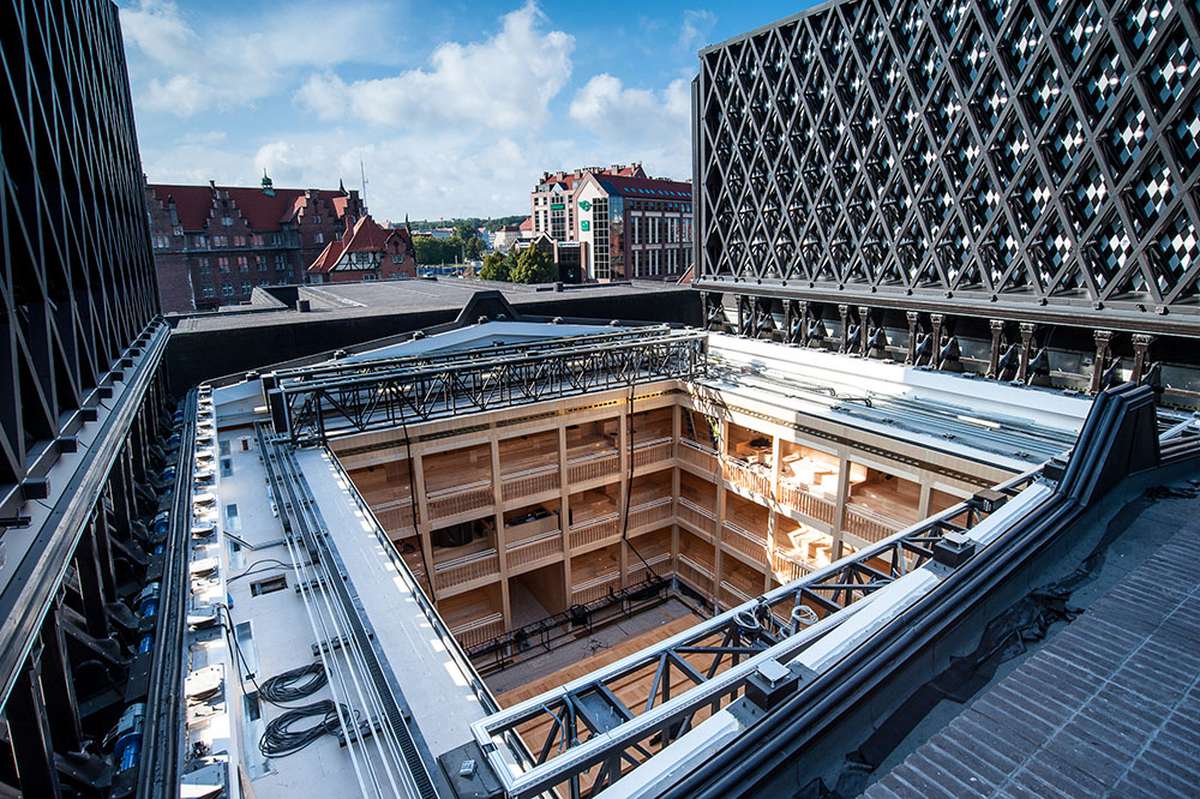
Blurring the vertical boundary between indoor and outdoor constitute a major achievement of mid-century modern architecture especially if we look at the houses in California. All of it is made possible by favourable climatic conditions, political agenda and optimism towards the future. The horizontal opening to the outdoor is widely known instead in case of collective facilities regardless geographic location like observatories, stadiums or venues such as the Shakespeare Theatre in Gdansk.
The Cabrio House
The Cabrio House

We would like to challenge a very powerful idiosyncrasy in Architecture which lays between its most archetypical element: “the roof”, the protection in form of a building envelope and the ever ending human desire of contemplating the sky. In contemporary architecture the vertical boundary between inside and outside is blurred thanks to the number of spatial solutions. Facades nowadays can open, slide, fold, bend and deflect. We posses the technology to translate all of this into roofs and in doing so creating endless levels of complexity. New repository of forms could be collected about horizontal barriers if these barriers were not this strong in the imagination of architects.
picture: Karl F. Schinkel stage set design for Mozart’s Magic Flute, 1816

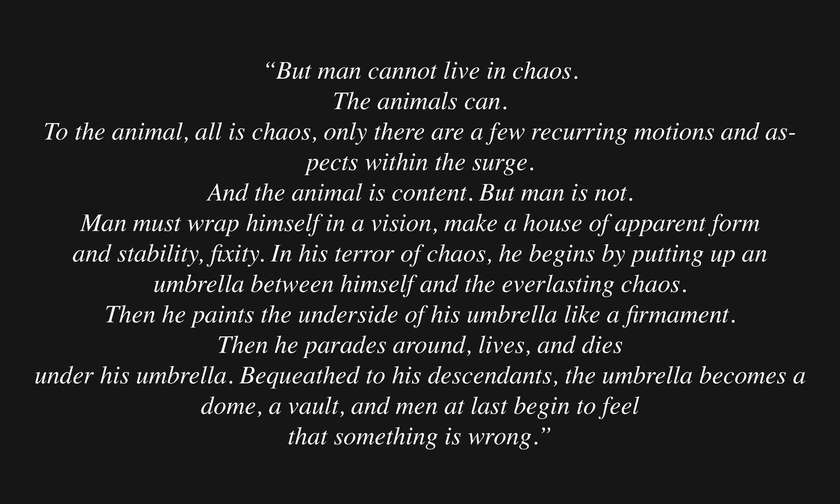
D.H. Lawrence on poetry and chaos
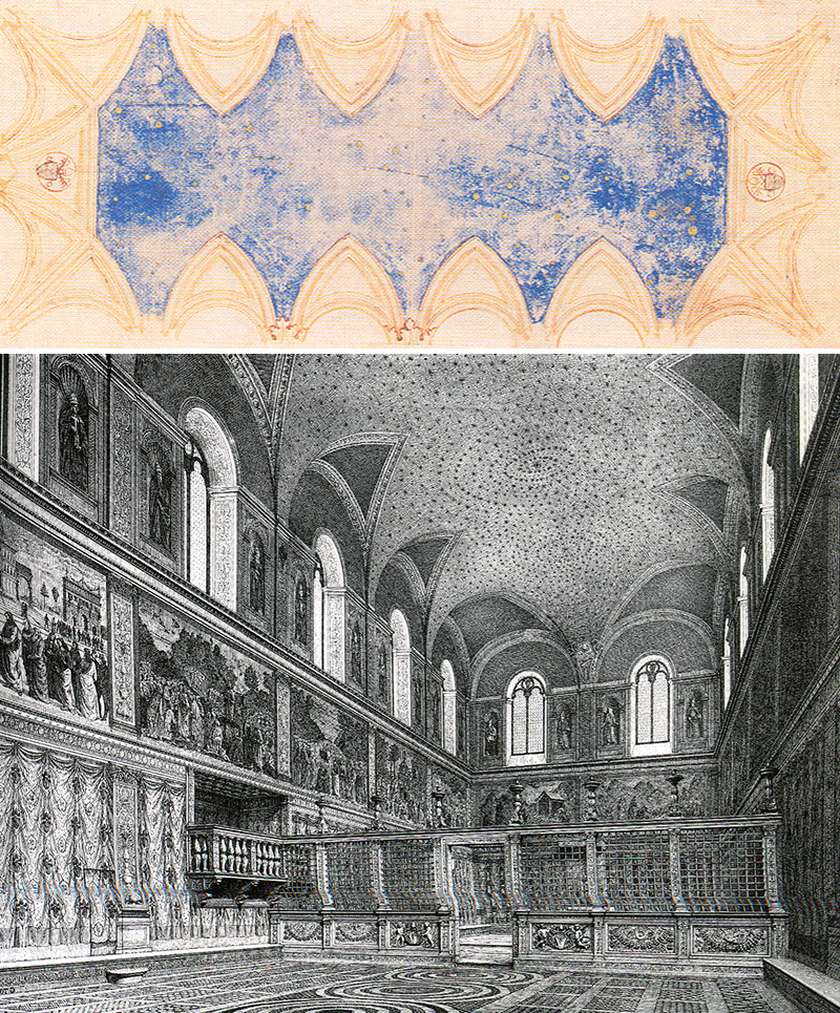
The night sky full of stars is one of the most ancient pictorial treatment of all sorts of ceilings. It dates far back to the 1295 b.c. in the tomb of Nefertari where frescoes depict the Queen’s travel towards the afterlife. This very same treatment survives over centuries and styles and can be found in Giotto’s Scrovegni chapel in Padova, in the Church of St Mary in Krakow or in The Sistine Chapel vault before Michelangelo’s work. What if we can turn an illusion into a real possibility?

Le Corbusier presents sketches of roof terraces which frame the perception of reality around allowing a different relationship with nature, indirectly opening the architecture to the sky. When it comes to typological references the spectrum broadens in time and space from the roman Domus, Marrakesh patio houses to the Chinese Hutong where indoor and outdoor alternates in sequences of spaces often rotating around daily need of water.
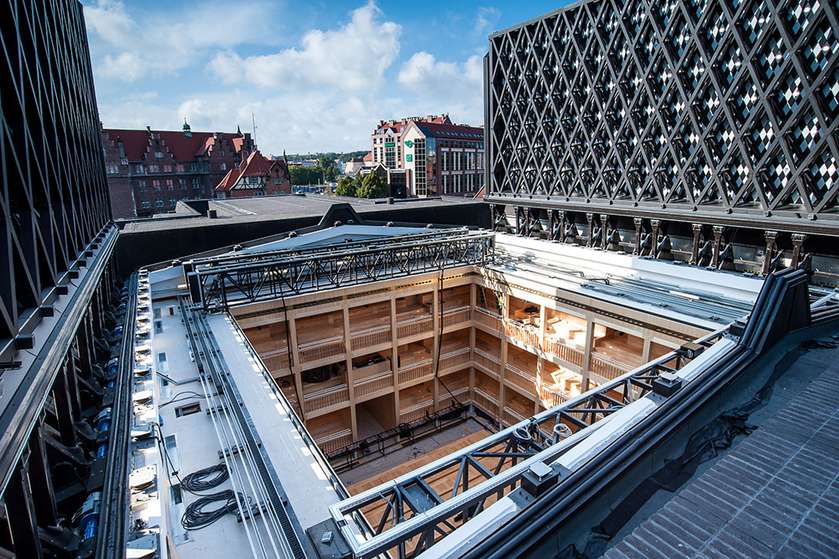
Blurring the vertical boundary between indoor and outdoor constitute a major achievement of mid-century modern architecture especially if we look at the houses in California. All of it is made possible by favourable climatic conditions, political agenda and optimism towards the future. The horizontal opening to the outdoor is widely known instead in case of collective facilities regardless geographic location like observatories, stadiums or venues such as the Shakespeare Theatre in Gdansk.